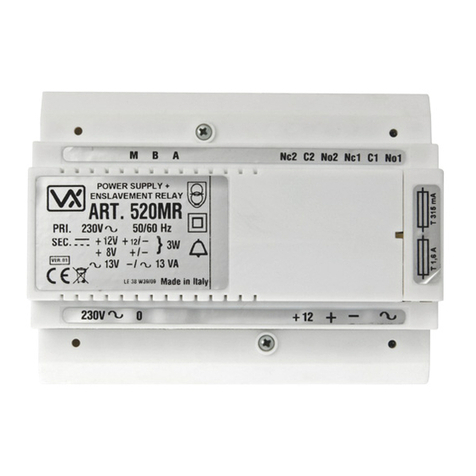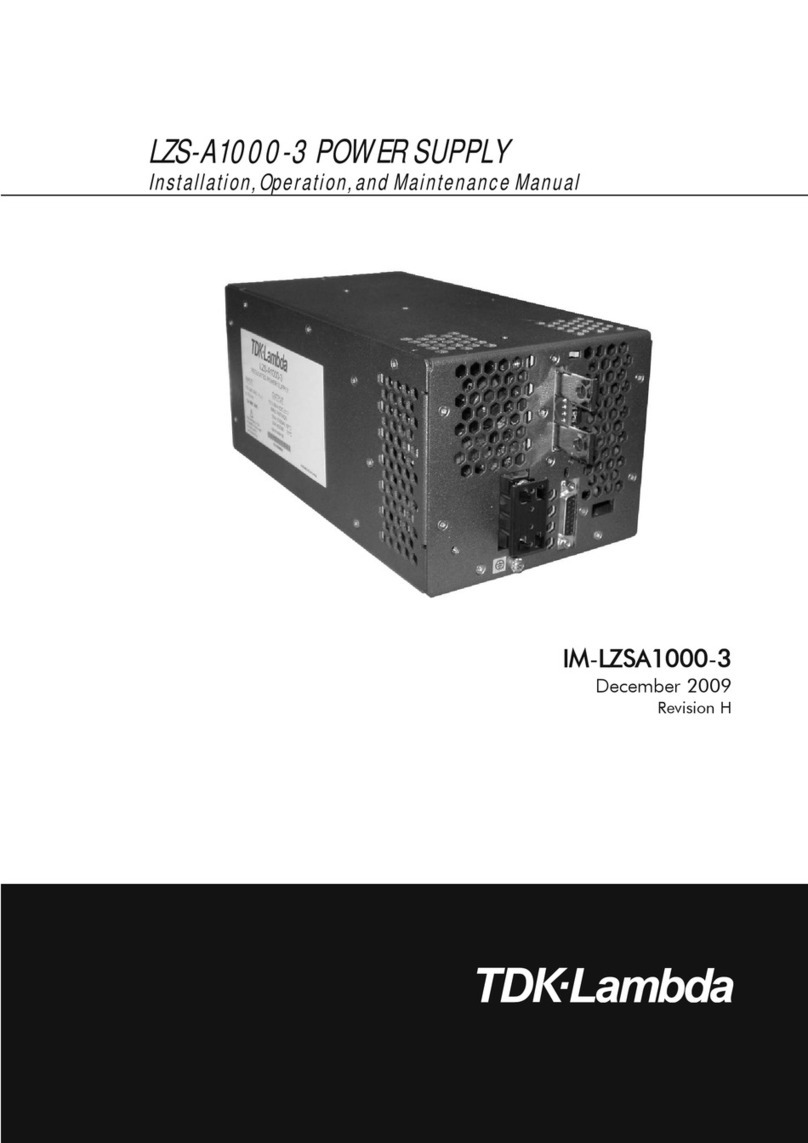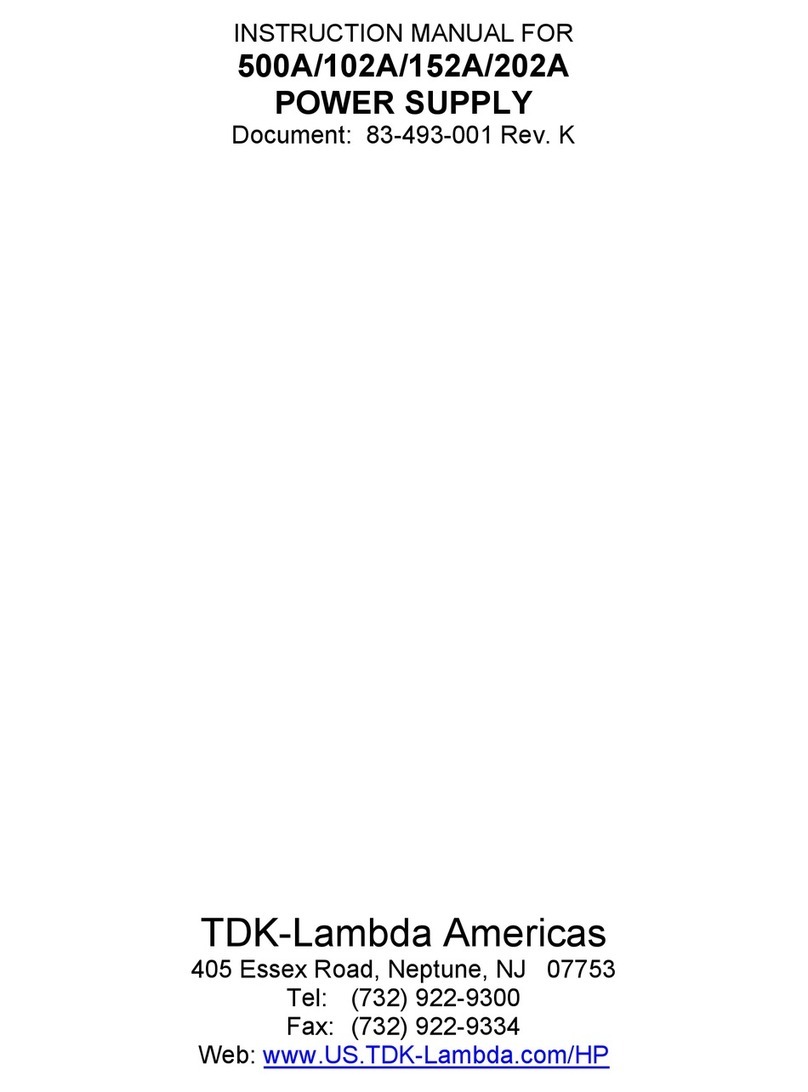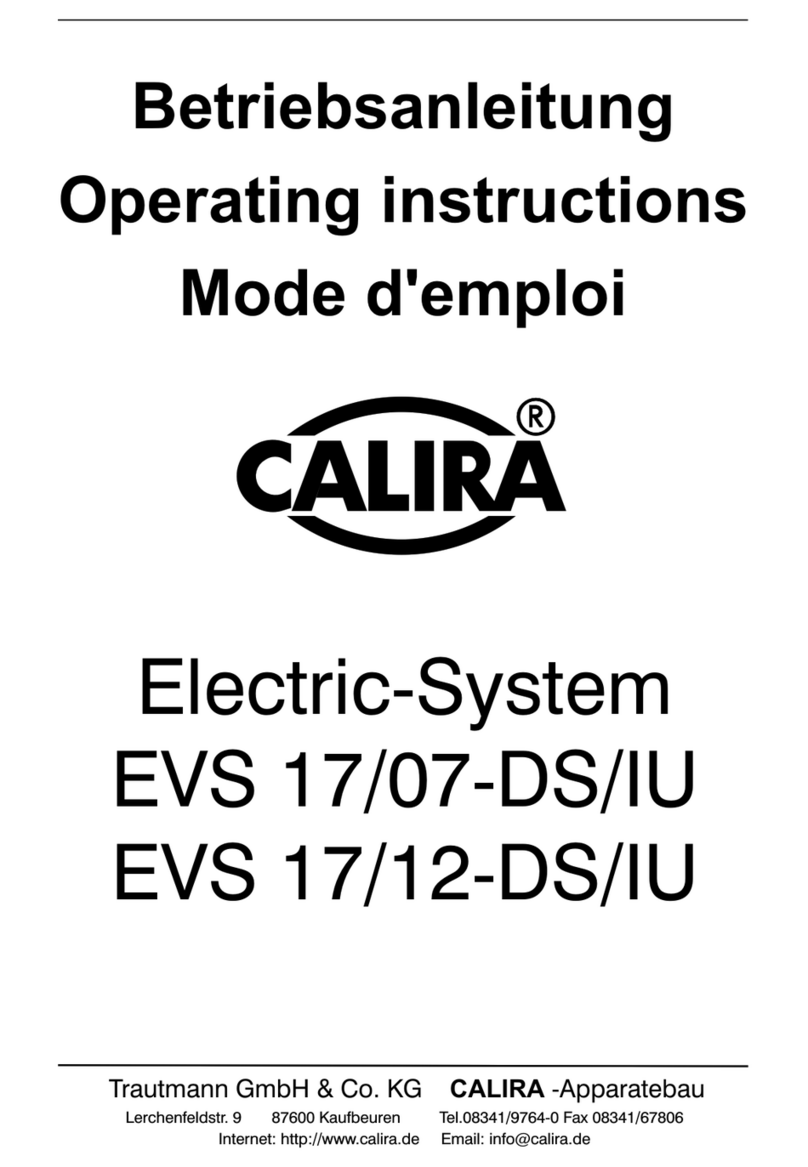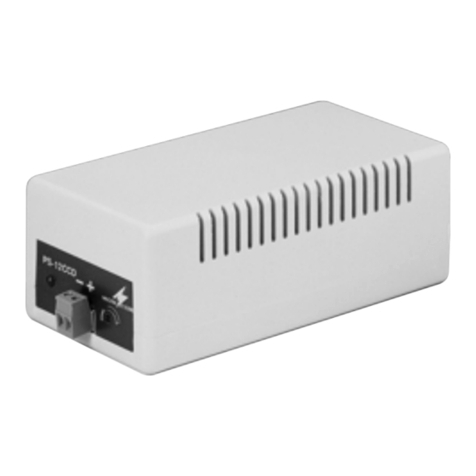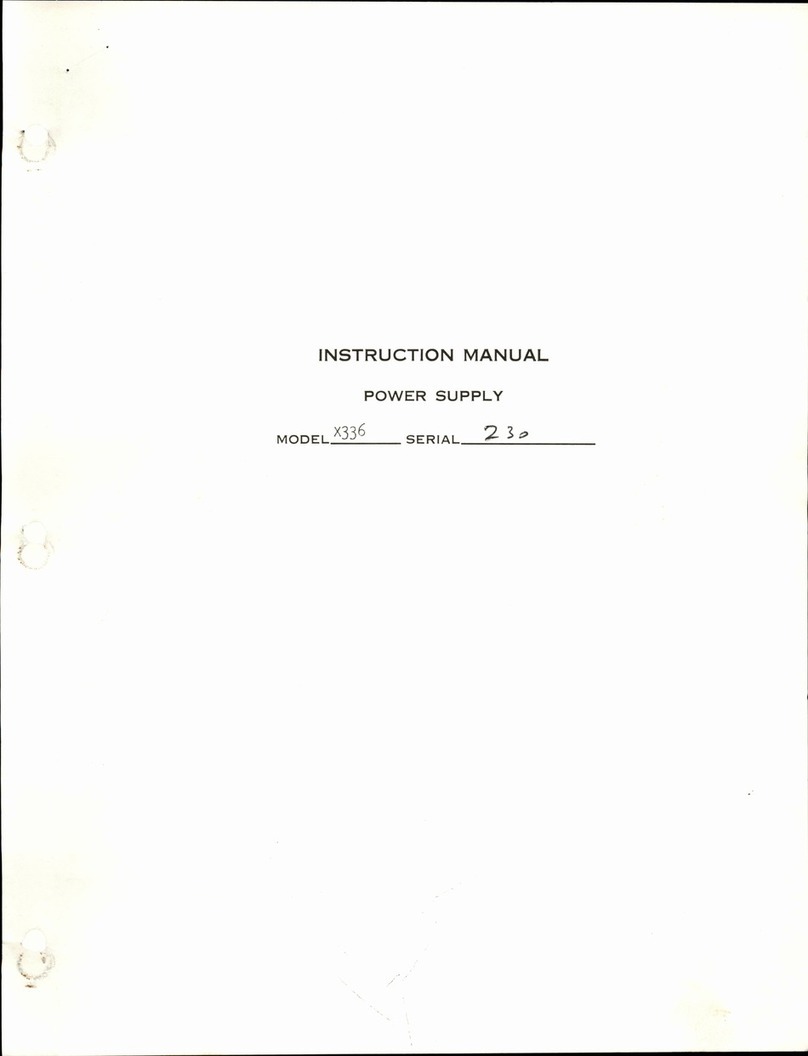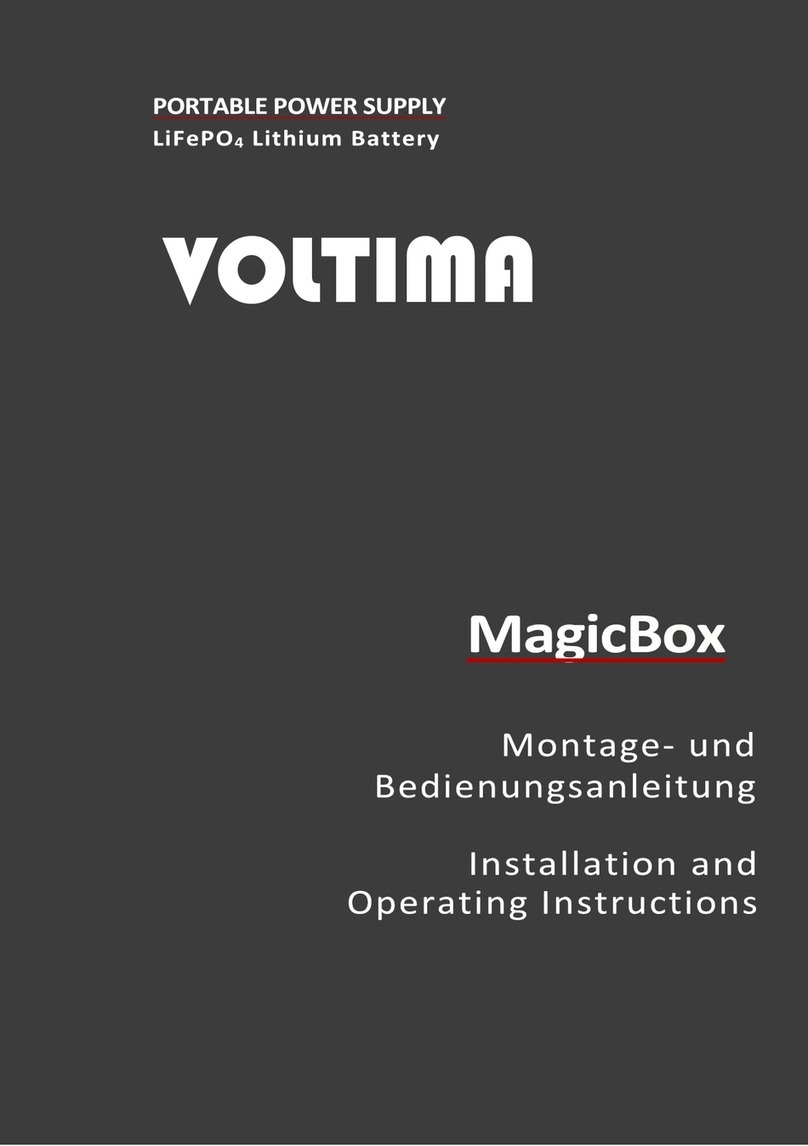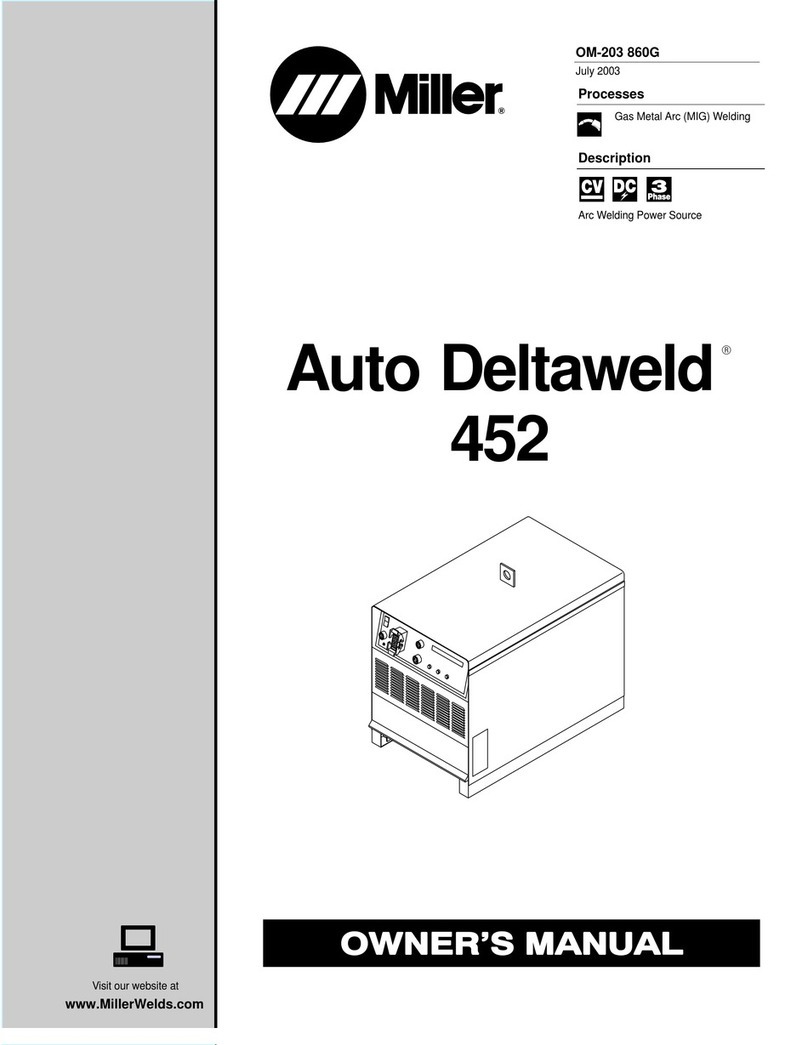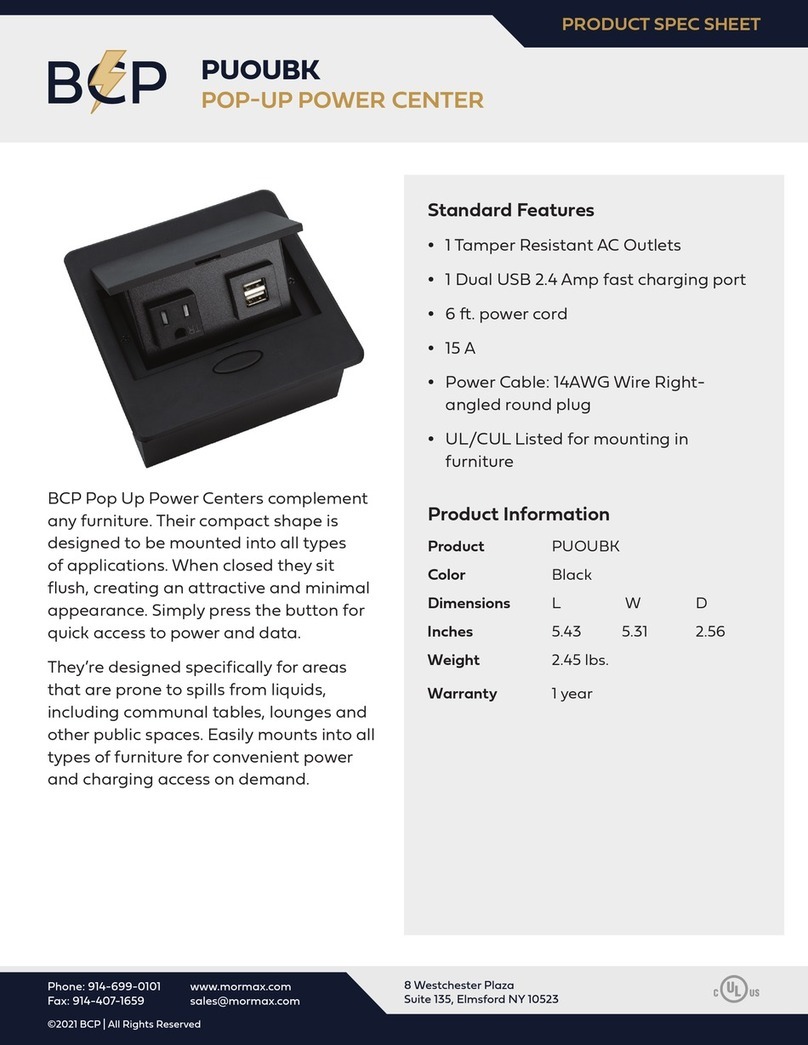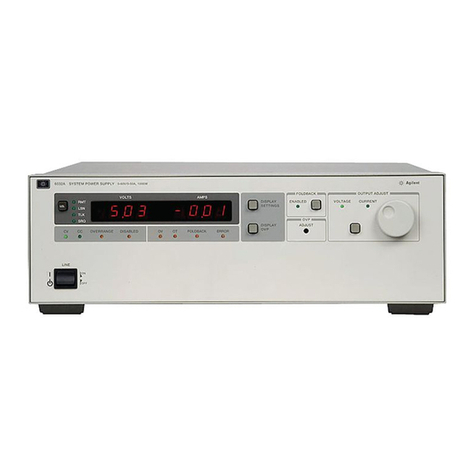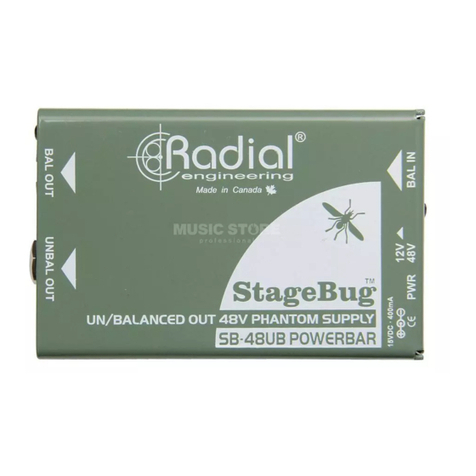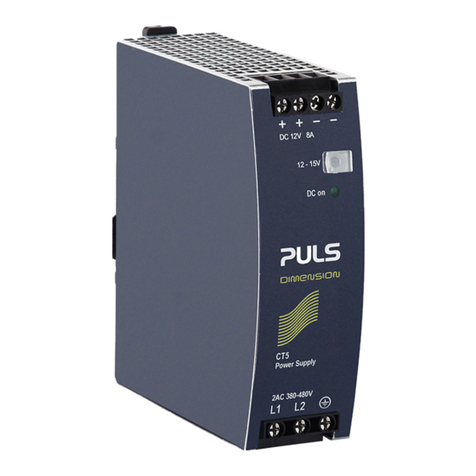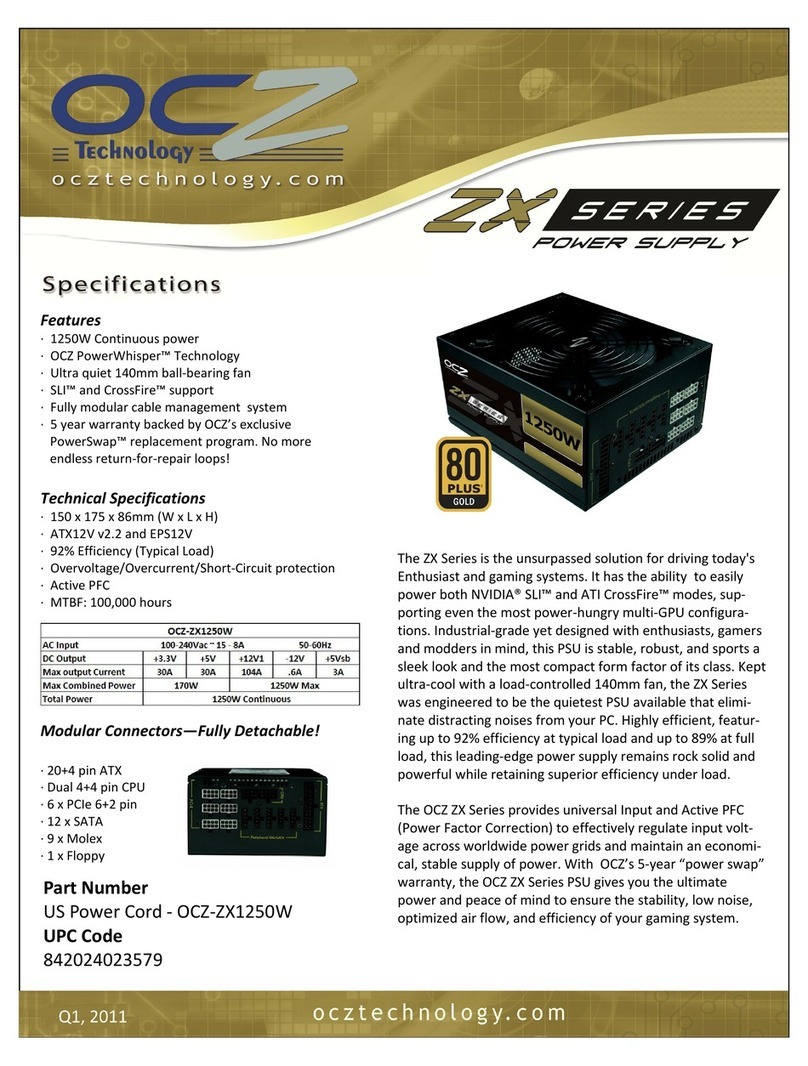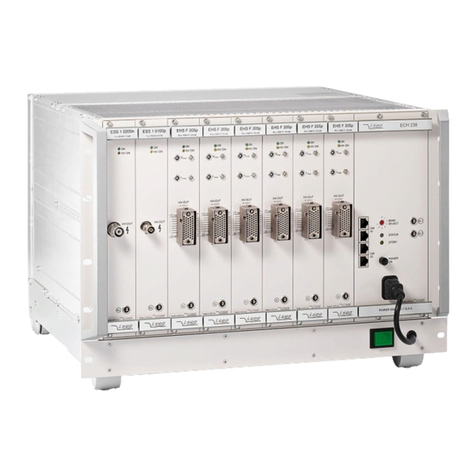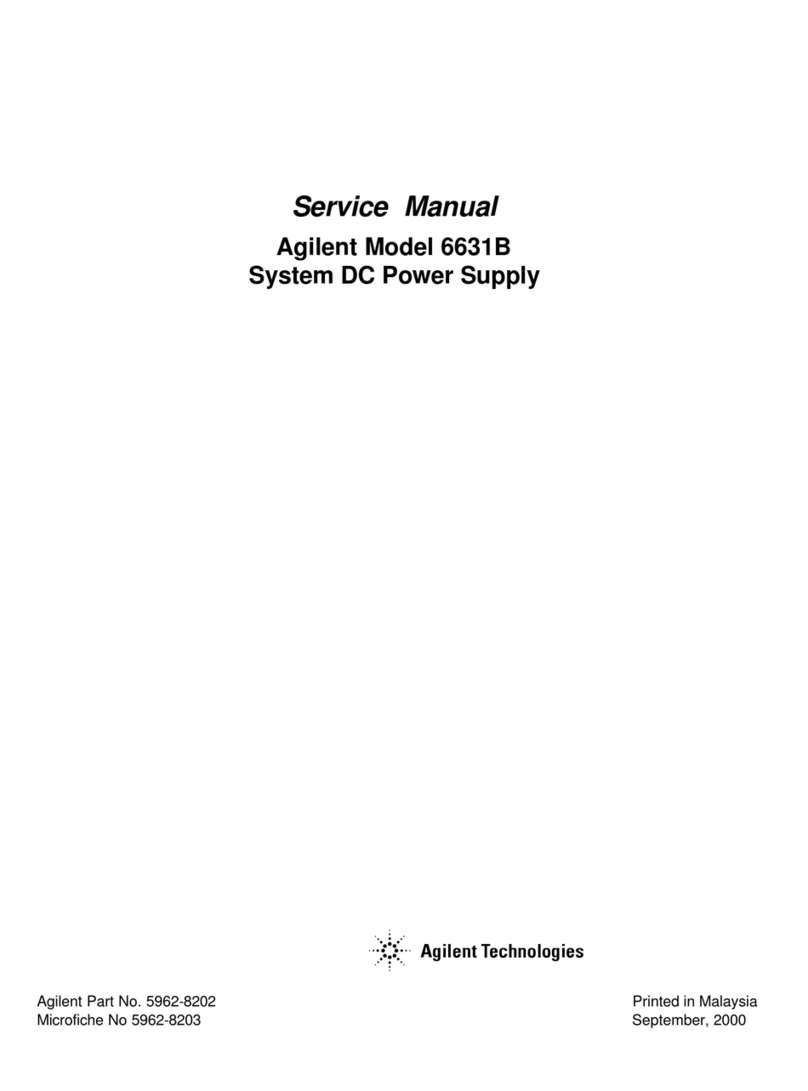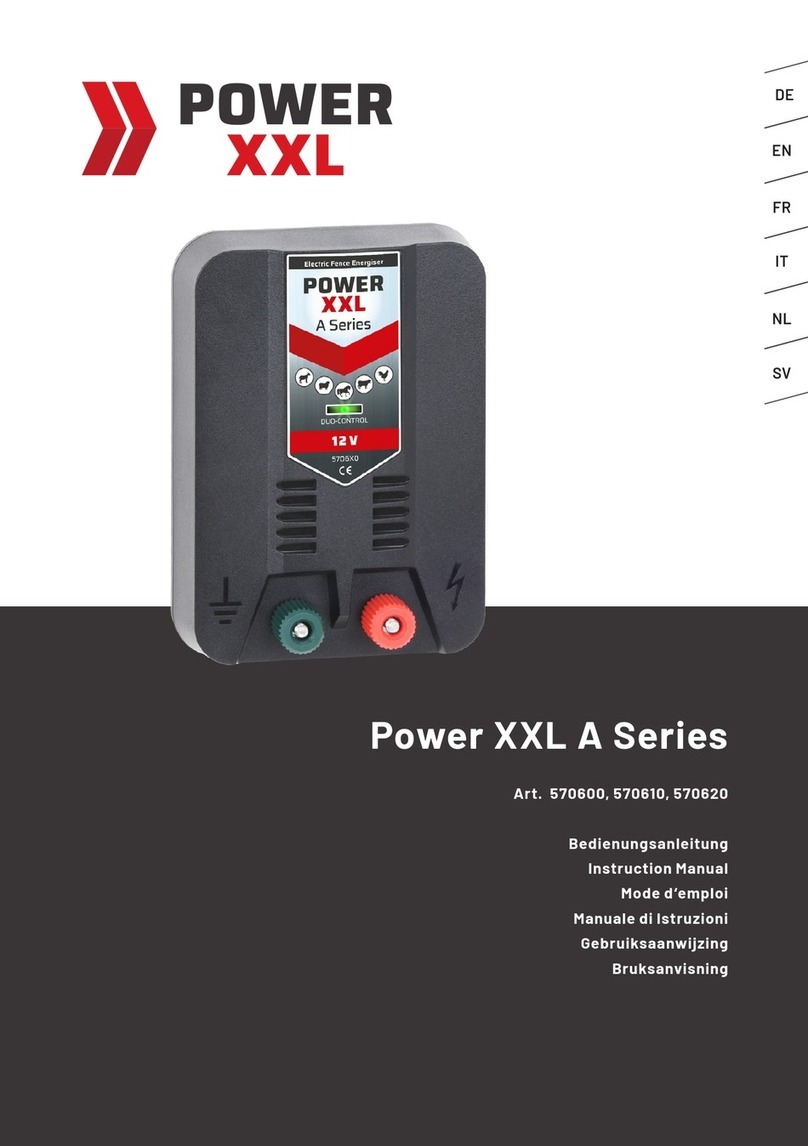
SECTION 4
MAINTENANCE
4.1
GENERAL
This
section
covers maintenance and calibration procedures. Under normal conditions, no
special maintenance is required. If trouble does develop however, the easily removable
cabinet
and the location
of
the printed
circuit
board provide exceptional
accessibility
to
all
components
of
the supply.
Regulation and ripple measurements
of
the
output
in both voltage and current mode are an
excellent
indication
of
the power
supply's
performance. Special techniques
must
be
employed
to
properly measure these parameters
to
avoid measuring voltage drops due
to
load currents. Details
of
correct measurement procedures
will
be described.
A
schematic
diagram, a location
of
components
drawing and a detailed electrical parts
list
are provided in the Appendix
of
this
manual
to
assist in
troubleshooting
the supply.
4.2 CALIBRATION
All the internal
controls
of
this
instrument
have been preset
prior
to
shipment from the fac-
tory. Recalibration
of
the voltmeter/ammeter should be made at intervals
of
approximately 1
year. Calibration
adjustments
must
be made
if
the power supply has been subject
to
a failure
that
required a component replacement. Calibration
control
function
and location on the
printed
circuit
assembly can be easily found by referring
to
the
location
of
components
draw-
ing in the Appendix
of
this
manual.
4.2.1
TEST EQUIPMENT REQUIRED:
(1)
5112
Digit
Digital VoltJneter (DVM)
with
better
than
0.1
% accuracy.
(2)
DC
Ammeter 0-6A
with
better than 0.5% accuracy.
(3)
Electronic
or
resistance load.
4.2.2 PANEL METER CALIBRATION
With
power supply off,
check
and
if
necessary,
adjust
mechanical zero
setting
of
each meter pointer.
4.2.3 VOLTMETER CALIBRATION
Turn on the power
supply
and
allow
for
5
minute
warmup. Set
front
panel meter func-
tion
switches
S101, S201, and
S301
to
V (Volts).
For Source A (Meter M101),
connect
DVM between COMMON and
DC+
("A").
Set the
output
voltage
to
24
VDC (TP340) or 17.5 VDC (TP343A) as measured on the DVM. Ad-
just
R401
to
set the panel meter
to
agree
with
the
DVM.
For Source B (Meter M201),
connect
DVM between COMMON and
DC
-
("B").
Pro-
ceed as above except
adjust
R403
trimmer.
For Source
C,
(Meter M301),
connect
DVM between
DC+
and
DC
-("C"). Set
output
voltage
to
12
VDC as measured on DVM.
Adjust
R405
trimmer
to
set panel meter
to
12V. Check for linearity at
5,
10,
and
15V.
Maximum deviation between panel meter
and DVM readings should
not
exceed 0.3V.
-6-
